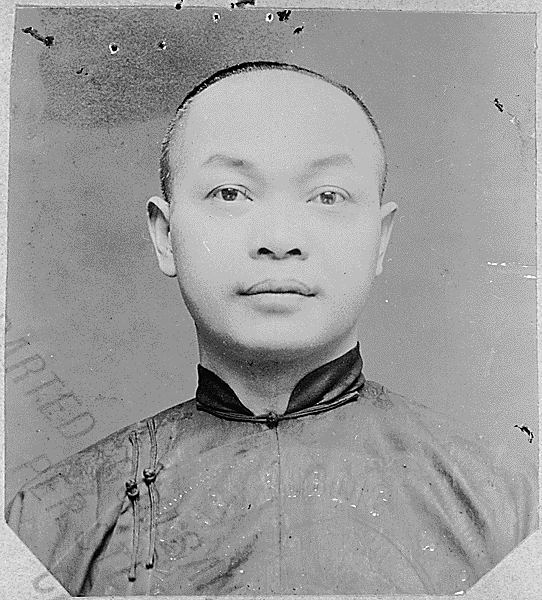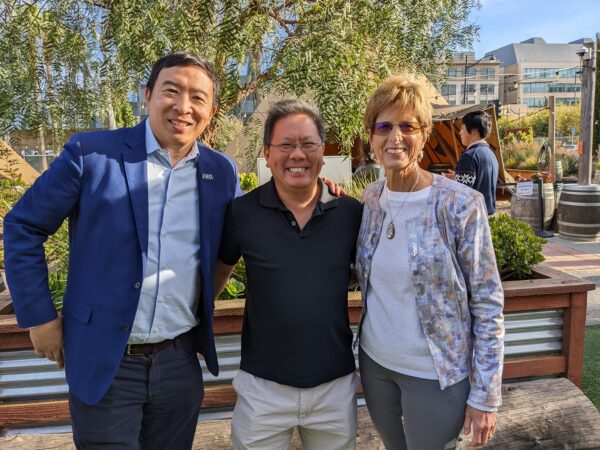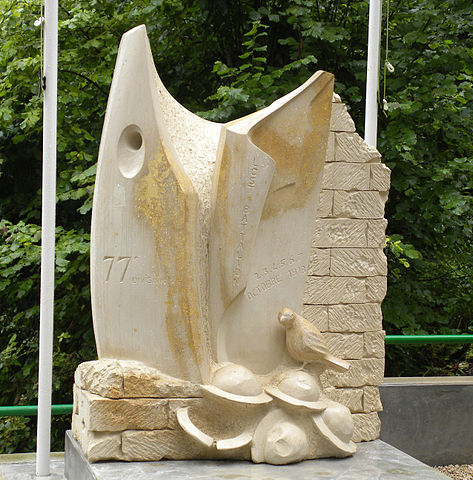 After losing its affirmative action case in the US Supreme Court, Harvard is seeing one of its last bastions of affirmative action – legacy admissions – become the target of a lawsuit. Lawyers for Civil Rights filed the civil rights lawsuit on behalf of three organizations, the Chica Project, the African Community Economic Development of New England, and the Greater Boston Latino Network. These groups charge that Harvard is violating Title VI of the Civil Rights Act of 1964. Michael Kippins from Lawyers for Civil Rights says the following:
After losing its affirmative action case in the US Supreme Court, Harvard is seeing one of its last bastions of affirmative action – legacy admissions – become the target of a lawsuit. Lawyers for Civil Rights filed the civil rights lawsuit on behalf of three organizations, the Chica Project, the African Community Economic Development of New England, and the Greater Boston Latino Network. These groups charge that Harvard is violating Title VI of the Civil Rights Act of 1964. Michael Kippins from Lawyers for Civil Rights says the following:
Harvard’s practice of giving a leg-up to the children of wealthy donors and alumni – who have done nothing to deserve it – must end. This preferential treatment overwhelmingly goes to white applicants and harms efforts to diversify. Particularly in light of last week’s decision from the Supreme Court, it is imperative that the federal government act now to eliminate this unfair barrier that systematically disadvantages students of color.
Interestingly enough, this is one point where the liberals and conservatives (including those from Students for Fair Admissions, who sued Harvard and won) can agree. Legacy admissions started as a way to keep down the number of Jewish students at Ivy League Colleges. The lawsuit says that almost 70% of Harvard’s donor-related and legacy applicants are white, and legacies are 6 times more likely to be admitted than regular applicants. Legacies made up 28% of Harvard’s class of 2019.
Even if legacies as a privileged category is elminated, there are a few other remaining preferred admissions categories. These include the children of faculty and staff, those on the dean’s interest list (donors), and athletes. This paper concludes that removing various combinations of these preferences would signficantly change the racial mix at Harvard, typically to the benefit of Asian Americans.
Elite universities like Harvard say that legacy and donor admits are help with fundraising and maintain academic quality. Other selective and academically excellent schools have gotten rid of legacy admissions and still manage to raise funds. Another argument in favor of legacies is that the number of nonwhite legacies will increase over time. The numbers cited above show the disproportionate impact that legacies currently have. This article sums up a lot of the arguments that pro-legacy universities makes and debunks them.
The lawsuit asks the US Department of Education to investigate Harvard for Title VI violations. It also asks the department to declare legacy and donor practices illegal. You can read the text of the filed complaint here.



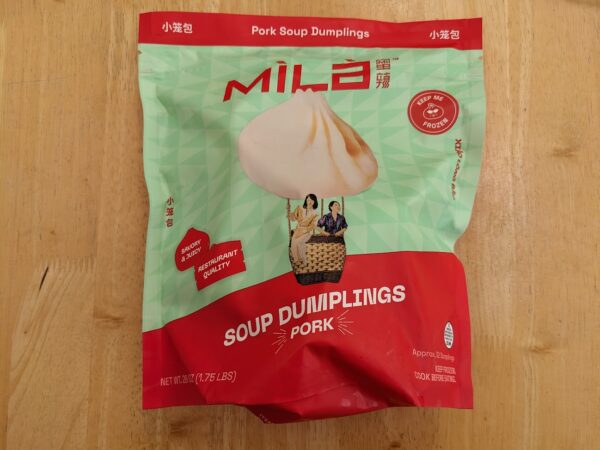
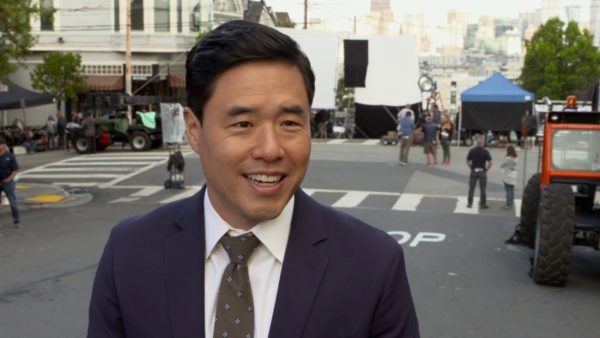


 As a smartwatch user who uses one to track health and fitness statistics, I have wondered how accurate it is, especially since my skin tone is on the darker side (see picture). We have written about how
As a smartwatch user who uses one to track health and fitness statistics, I have wondered how accurate it is, especially since my skin tone is on the darker side (see picture). We have written about how 
